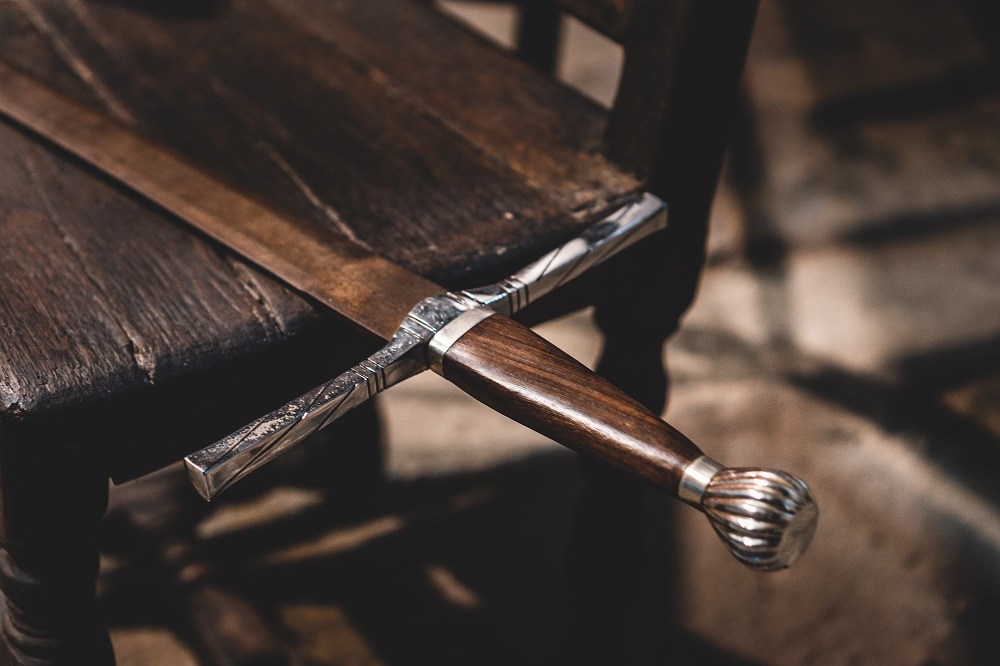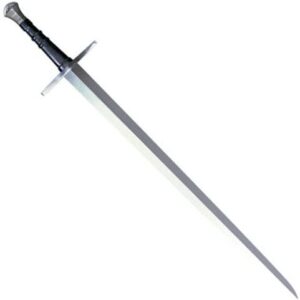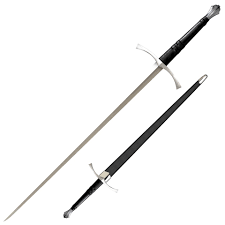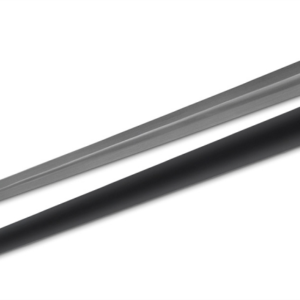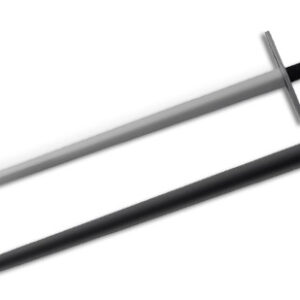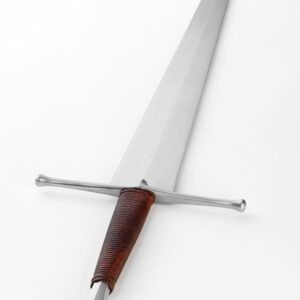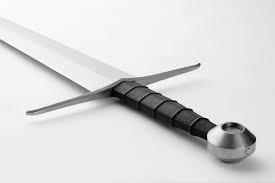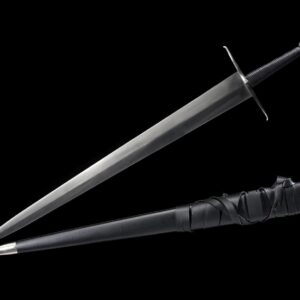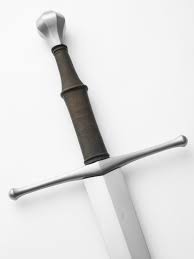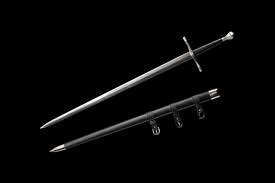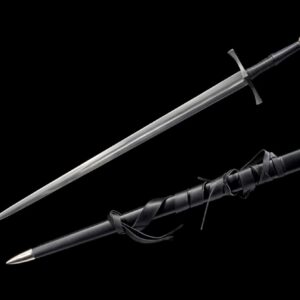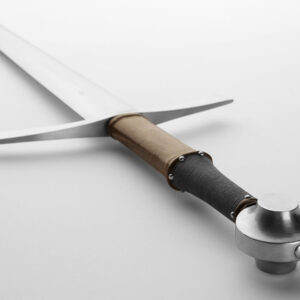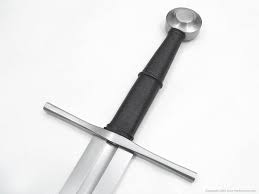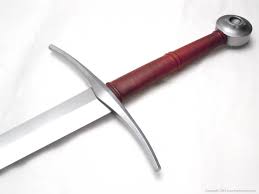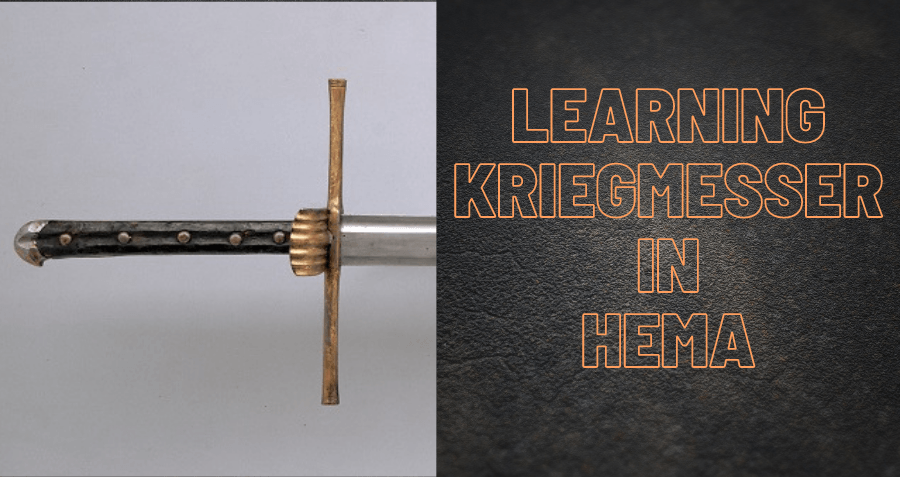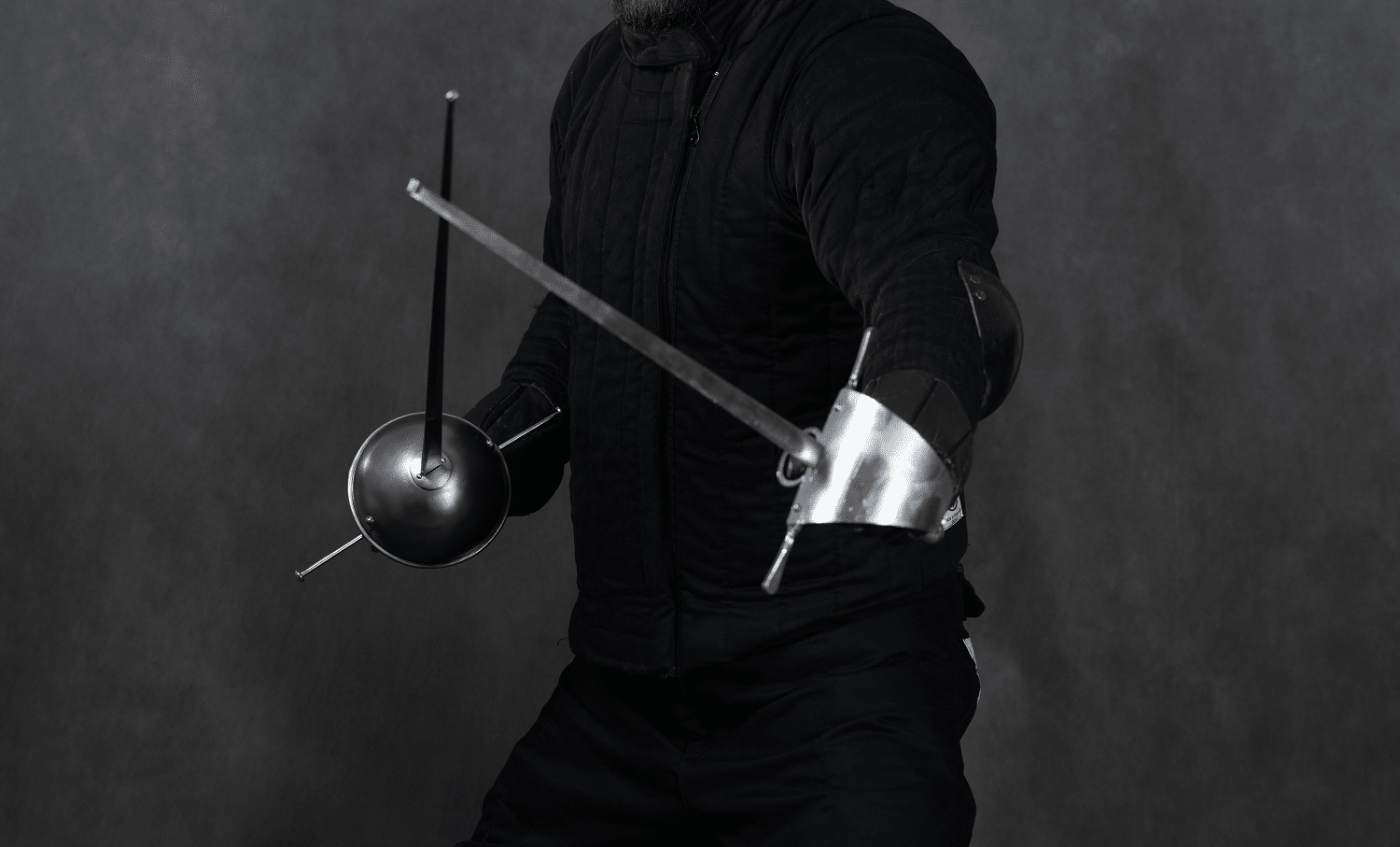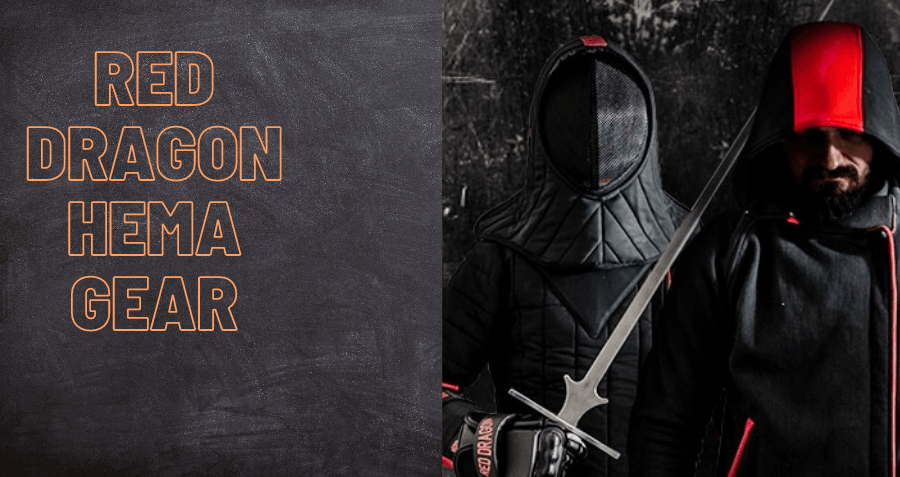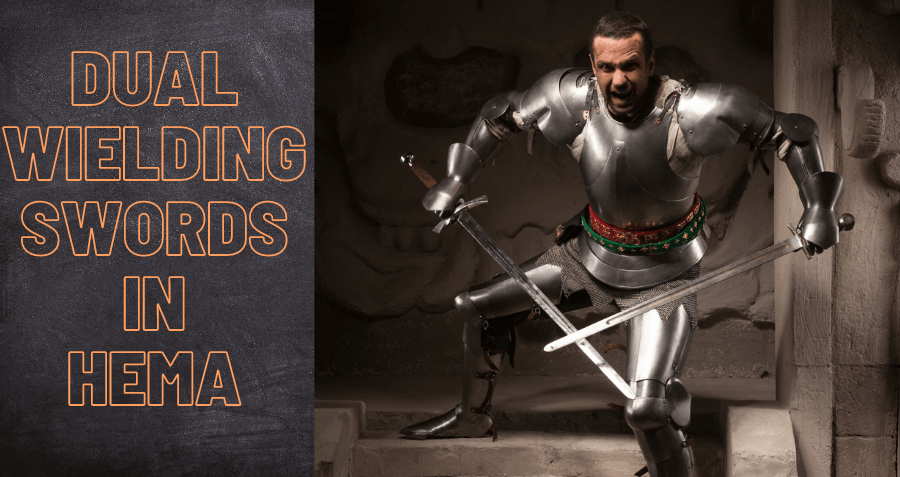Choosing a medieval long sword for tameshigiri-style test cutting in HEMA is not a simple decision. The weight of the sword, the length of the sword, and the type of tip are all important factors. In this article we will discuss how to choose a sword for test cutting in Historical European martial arts (HEMA).
Japanese sword style tameshigiri is a great technique for honing your Historical European sword skills. While this is a test cutting practice borrowed from modern Japanese sword arts it still is a fun activity many people in the HEMA community also enjoy performing. This cutting practice allows you to test the blade’s durability and sharpness and use it in a real-life situation to cut tatami, foam pool noodles, clay, ballistic gelatins or even meat. Test cutting has become popular among HEMA martial artists, as there is little else to do in the modern day with a sharp sword other than to cut things with it.
Before reading the rest of this article it is a good idea to familiarize yourself with the potential dangers of practicing test cutting with a sharp swords. Swords are not toys; they are weapons. While a person can practice in a safe fashion with a sword and learn martial arts swordsmanship, you must be aware of the potential risks and injuries. We have an article on our site about this topic to educate you about these risks and safety tips.
How to Learn to Perform Test Cutting in HEMA With Medieval Long Swords
If you want to learn how to perform a test cut with a medieval long sword in HEMA, the best place to start is by reading books, watching videos and studying under an instructor at a HEMA club. You can learn from someone who has been doing this for years and can show you exactly what they do. For books that instruct on Test Cutting, we recommend reading Cutting with the Medieval Sword by Michael Edelson.
To provide a short summary of the principles behind test cutting, there are two ways you can cut with your sword; one is to cut so that the cutting edge is parallel to the direction of the swing, and another is to cut so that the cutting edge is perpendicular to the direction of the swing. The main thing to look for in a sword is that it has a thin blade and a decent weight. A good tameshigiri sword should weigh more than one pound, but not so heavy that it’s unmanageable. This means you need a sword that is well balanced and manufactured.
When it comes to Historical European martial arts swordsmanship, there are a lot of sword options available. In HEMA we study using long swords, arming swords, side swords, rapier, great swords, dussacks, small swords and sabers. Each type of sword has different attributes and handling characteristics which makes test cutting with them a different experience. So you can practice cutting with a variety of swords while studying HEMA. Tameshigiri is a great way to practice technique and develop your fighting abilities.
As there are many different styles or types of swords that you can practice with in HEMA let’s talk about some of the most popular long sword blade types and what brands of swords we recommend you use.
The Cheapest Test Cutting Starter Longswords Used in HEMA
The first thing you should do is understand the vast majority of swords sold on the market today are not genuine swords. Most are decorative objects designed with rat tail tangs; they are manufactured with stainless steel and use poorly created hilts. These swords are not designed to actually be used to cut with, even if they may have sharp blades. These “sword like objects” are decorations meant for collecting only. They also tend to be cheap. So if you see a sword made from stainless steel, that is an easy way to identify a “sword like object” and you should not use such a sword to do test cutting with. This covers the vast majority of swords inspired by movies, television shows, Japanese anime and video games — none of these swords are forged to actually be swung and doing so can be very dangerous, because they did not have good quality steel so the blades easily break.
One thing to watch out for is brands of very cheaply made medieval style longswords advertised as being good for performing test cutting with. One brand that used to have a good reputation in past years is the Hanwei Tinker Pearce signature line, but the quality has dropped greatly as of present. You can read more about this subject in our article on the topic.
The cheapest real sword options available for beginners that are useful for test cutting in HEMA are produced by Cold Steel. These are the Hand-and-a-Half Sword and the Italian Longsword model. Note that these models are very cheap because they have not been produced with the best tempering techniques and their hilting is of low quality, so the crossguards can easily come loose. Still for a beginner swordsman interested in learning how to do test cutting these can be useful training aids as a beginner.
Another brand of swords popularly used are Hanwei branched European medieval style swords. Much like Cold Steel these are generally entry level swords which may experience cosmetic defects or even breakage but Hanwei does have a one year warranty that covers such issues to replace or refund your purchase.
Choosing an Oakeshott Type XVIIIc Medieval Longsword for Test Cutting
If your goal is test cutting for competitions then ideally you want to select a sword with a wide and thin blade that lacks a fuller. A blade of this type is more likely to self correct itself if your cut isn’t perfectly aligned as compared to a blade with a more narrow, thicker mass. This makes Oakeshott type XVIIIc longswords one of the most ideal blade types for performing test cutting in HEMA if you study longsword.
An affordable entry level Oakeshott type XVIIIc longsword is the Two Handed Medieval Longsword Model #3 manufactured by Ronin Katana. A more high-end version is produced by Albion Swords as The Alexandria model. You could also purchase the Principe model, which is similar in blade type.
It is worth mentioning the type XVIIIc is considered to be a somewhat rarer blade type historically and its design makes it easier to cut with than blades featuring a narrower riccasso, which is more close to the kind of swords used by authors in latter period fechtbücher discussing long swords. This should be kept in mind although for many people they seek a sword that will make test cutting easier and this is subsequently a good model for that reason.
Choosing a Historically Accurate Medieval Longsword for Test Cutting in HEMA
While a type XVIIIc is a historically accurate blade type, these were not the types of long sword blades used in the historical source material we study in HEMA. So it is more historically accurate to the styles of swordsmanship we study to use a sword that has a more narrow and fuller blade.
The Two Handed Medieval Longsword Model #7 or #2 are affordable, excellent quality starter longswords for test cutting with. The Albion Talhoffer is a high-end more expensive option but considered one of the most historically accurate models of longsword currently in production, in terms of the type of sword depicted in the source manuscripts studied in HEMA for longsword.
Some additional high-end options from Albion Swords that you might be interested in purchasing are the Fiore, the Crecy and the Agincourt models. These are all based on surviving swords currently in museums and are considered to be high-end replicas.
How to Clean and Care for Your Medieval Long Sword After Cutting With It
If you are going to perform test cutting with a long sword then you need to perform maintenance on it to prevent it from rusting, as well as keeping it sharpened. For some detailed advice on how to clean, care and store your sharp longswords when not in use please read our article on the topic.
****
If you’d like to learn more information about historical fencing practices please check out our Learn HEMA page for a guide to learning about the historical weapon that interests you. You can also find more guides we’ve written about other topics at our Helpful Guides page. You can also join the conversation at our forums or our Facebook Group community.
